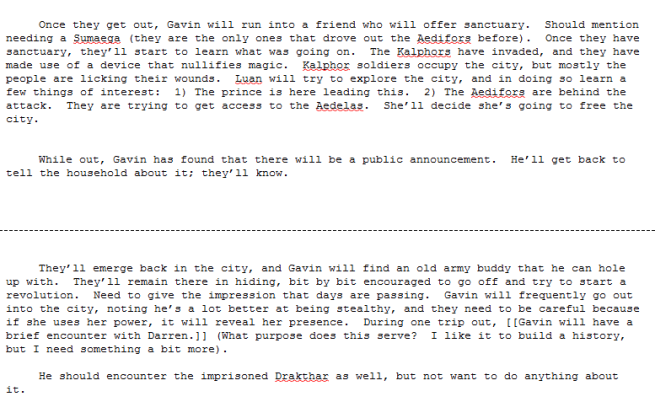Holy moly, has it been a week since I’ve posted? Sorry gang. I’m going to talk about a book, but in the effort of keeping this more natural and less stuffy, I’m not going to use the book format I’ve used in prior reviews. Instead, it will just be a candid dump of thoughts on the book.
The book is called “Blood on the Tracks” by Barbara Nickless. It’s the story of a railroad cop that’s putting her life together after her Marine tour in Iraq. She’s constantly haunted by the ghosts of her past, and when a hobo known as “The Burned Man” is getting booked for killing a young woman the hero needs to face both her past and her present to try and solve the case. Her companion on this journey is a faithful canine who served in the war with her. The book was one of six options provided by Amazon for my prime membership.
At this point, I’d like to warn anybody that keeps reading that you will encounter spoilers. None will be specific, but if you spent time thinking about them, you could reveal quite a bit.
Disclaimer complete.
The book is first person, so a lot of the prose is immediately not helpful to me. My book is 3rd (indeed, most of my planned books are 3rd). I’m trying to get some good 3rd person limited books (hint, if you know one, volunteer it!), because I’m trying to find the right balance in the writing of personality vs detached fact/narrative.
What this book did really, impressively well was its Red Herring.
As the hero digs into whodunnit, we get two possible threads: One that ties into her backstory as a Marine, and one that ties into her backstory before/after her time in the Marines. I won’t reveal which is the Herring and which is the Plot, but she does a great job playing with us.
She dances with both topics enough that either seem plausible. However, as we begin to investigate one path, we start uncovering clues that really help settle that the Herring is in fact the Herring. At that point, I expected Left Field to hit and we either get some third path all together, or we jump back to what we had dismissed as Herring. Instead, she lets the Herring stay the Herring. We pursue the Plot with gusto.
The Plot stays exciting and fresh, lots of things escalating and boiling to the surface… And just as we draw in for a breath of air, Herring comes looking for us! The Herring is still a Herring, but now it’s a pissed off Herring that doesn’t take no for an answer. Despite the fact that it’s a Herring against The Plot, it’s something we have to be alert for over the rest of the book.
At this point, we have what I’ll call the Wilson Moment. I get the name from House, MD… One of the few TV shows that’s been on after 2005 that I’ve watched. House is a doctor whose best friend is another doctor named Wilson. The episodes all follow the almost exact same plot. Somewhere around the 75% mark, House has a conversation with Wilson unrelated to the main plot (We sometimes mix this up with other characters or his other patients, but Wilson is going to get the credit). During that conversation, House has a revelation that lets him solve the case.
In Blood on the Tracks, our hero is recovering from some injuries and has a conversation with her Grandma about a topic that’s realistically unrelated, but told me immediately who was responsible. Plot pushes on, suspicion confirmed…. But really, no hard feelings with the book/author. And even after we finish the book, the Herring has created a perfect setup for Book 2 (or later). I love how well this was executed, from introduction, to building tension, to herring, to severe side plot that keeps us tense the whole time.
All in all, a great read in exchange for my Amazon Prime membership.
Novel Word Count: 20,893




